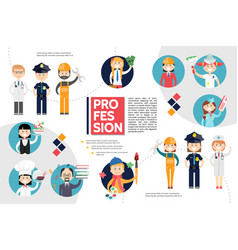Discover How Seasonal Aspects Affect Industrial Exterior Painting Success And Discover The Very Best Times To Make Certain Lasting Results For Your Job
Discover How Seasonal Aspects Affect Industrial Exterior Painting Success And Discover The Very Best Times To Make Certain Lasting Results For Your Job
Blog Article
get more info By-Leach Bagger
When you're planning a business outside painting task, seasonal variables can make or break your outcomes. You'll want to think about just how temperature and moisture influence paint application and drying times. Choosing the best period can ensure your paint adheres appropriately and lasts longer. Yet which periods are really the best for this type of work? Let's discover the key elements that can impact your task's success.
The Effect of Temperature on Paint Application
When you're intending a commercial outside painting job, the temperature can considerably affect just how well the paint sticks and dries.
Ideally, you want to repaint when temperature levels range in between 50 ° F and 85 ° F. If it's too cool, the paint might not treat properly, causing issues like peeling off or splitting.
On the other hand, if it's too warm, the paint can dry out as well quickly, protecting against correct adhesion and causing an irregular coating.
You need to likewise think about the moment of day; early morning or late afternoon uses cooler temperatures, which can be more positive.
Constantly inspect the manufacturer's referrals for the particular paint you're utilizing, as they typically supply support on the suitable temperature level variety for ideal outcomes.
Humidity and Its Impact on Drying Times
Temperature isn't the only ecological aspect that influences your industrial exterior painting task; humidity plays a significant duty as well. go to this website can reduce drying times drastically, influencing the general high quality of your paint job.
When the air is filled with wetness, the paint takes longer to treat, which can bring about problems like poor adhesion and a higher danger of mildew development. If you're repainting on an especially humid day, be planned for extended wait times in between layers.
It's essential to check regional weather conditions and strategy accordingly. Preferably, aim for humidity levels in between 40% and 70% for ideal drying.
Keeping these factors in mind guarantees your job remains on track and delivers an enduring surface.
Best Seasons for Commercial Outside Paint Projects
What's the most effective time of year for your industrial external paint jobs?
Spring and early autumn are normally your best choices. Throughout these seasons, temperature levels are moderate, and moisture degrees are typically reduced, producing excellent conditions for paint application and drying.
Stay clear of summer season's intense heat, which can create paint to dry as well swiftly, causing poor adhesion and coating. Similarly, winter season's cool temperature levels can impede correct drying and treating, risking the durability of your paint task.
Go for days with temperatures in between 50 ° F and 85 ° F for optimum results. Bear in mind to examine the neighborhood weather prediction for rainfall, as wet problems can ruin your task.
Planning around these aspects ensures your painting project runs smoothly and lasts longer.
Verdict
In conclusion, preparing your commercial outside paint jobs around seasonal considerations can make a significant difference in the end result. By scheduling work during the suitable temperatures and humidity degrees, you'll ensure far better bond and drying out times. Bear in mind to watch on regional weather forecasts and pick the right time of year-- spring and very early fall are your best choices. Taking these steps will certainly aid you achieve a sturdy and professional coating that lasts.
